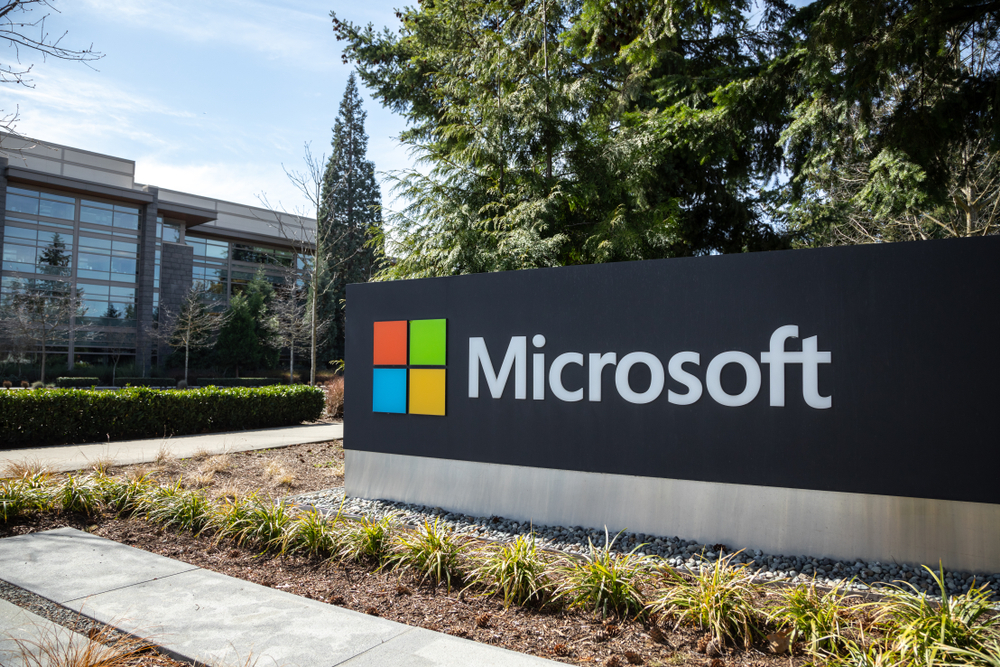Picture this: Two universities announce a merger, promising enhanced academic offerings and operational efficiency. Eighteen months later, they’re drowning in integration costs, students can’t access their transcripts, and faculty are manually reconciling payroll across three different systems. Welcome to the higher education ERP nightmare playing out across campuses worldwide.
Higher education faces an unprecedented challenge. Enrollment has dramatically dropped in recent years, creating what demographers call an “enrollment cliff.” Meanwhile, operational costs continue climbing, forcing institutions into survival mode through accelerating mergers and acquisitions.
Most university ERP systems were never designed for this reality. These monolithic platforms become massive financial liabilities when institutions try to join forces. Traditional ERP consolidation projects typically take 3-5 years, cost millions in consulting fees, and often require one institution to completely abandon existing processes.
When universities announce mergers, financial risks multiply exponentially. Legacy ERP integration delays create cascading financial instability—every month of parallel system operation doubles IT maintenance costs, while staff productivity plummets navigating multiple platforms.
Change management costs spiral as faculty resist new workflows, creating hidden expenses exceeding original merger savings by 200%. Compliance risks mount as institutions struggle maintaining accreditation standards across fragmented systems, jeopardizing federal funding streams worth millions annually. While competitors streamline through successful mergers, institutions stuck in ERP integration purgatory lose competitive edge, accelerating enrollment decline.
Most ERP providers approach higher education mergers like corporate acquisitions—assuming one dominant system will consume others. This “winner-takes-all” mentality ignores unique academic cultural dynamics. Universities aren’t just businesses; they’re communities with distinct identities, traditions, and operational philosophies.
Legacy systems force a brutal choice: preserve institutional identity through expensive customization, or sacrifice cultural distinctiveness for operational efficiency. Neither option serves merged institutions well, creating resentment, user resistance, and project failure.
Enter composable ERP—systems built like sophisticated LEGO sets rather than monolithic fortresses. Unit4 ERPx represents this paradigm, with people-centric, cloud-native architecture treating institutional mergers as opportunities rather than obstacles.
Unlike traditional systems requiring painful data migration and process standardization, Unit4’s modular design absorbs multiple institutional datasets while preserving distinct academic cultures within unified operations. Think federation rather than empire—each institution maintains identity while benefiting from shared operational infrastructure.
The platform’s composable nature enables selective integration based on merger priorities. Financial operations might consolidate immediately for cost savings, while academic departments maintain preferred workflows during transitions. This flexibility reduces change management resistance and accelerates user adoption.
Multi-campus university systems leveraging Unit4’s architecture report 60% faster integration timelines compared to legacy ERP migrations, with significantly lower total cost ownership. They’ve maintained distinct campus cultures while achieving operational synergies—the holy grail of higher education mergers.
As enrollment pressures intensify, successful universities will efficiently integrate while preserving unique value propositions. Institutions wrestling with legacy ERP limitations will find themselves increasingly disadvantaged in an already challenging market.
What this means for ERP Insiders
Prioritize integration speed over feature completeness. Higher education mergers operate under intense timeline pressure, with stakeholders expecting immediate operational benefits. Tech leaders should evaluate ERP platforms based on time-to-integration rather than comprehensive feature sets. Unit4’s modular architecture enables 60% faster deployment compared to monolithic systems, allowing institutions to realize merger synergies within 12-18 months instead of the typical 3-5 year timeline. Speed of action post-merger often determines survival. Focus procurement discussions on rapid integration capabilities and measured success metrics rather than extensive customization options.
Design for cultural preservation, not standardization Academic institutions tend to resist operational changes that threaten institutional identity. Tech leaders should champion ERP solutions that support federated operations rather than standardized processes. Unit4’s people-centric design allows merged institutions to maintain distinct departmental workflows while sharing core administrative functions. This approach reduces change management costs and improves faculty satisfaction scores. Evaluate vendors based on their ability to support institutional diversity rather than forcing process conformity across merged entities.
Build compliance flexibility into system architecture. Multi-institutional mergers create complex regulatory landscapes, with merged entities often managing 3-5 different accreditation requirements simultaneously. Tech leaders must prioritize ERP platforms with built-in compliance modularity to avoid costly customization projects. Unit4’s composable architecture supports diverse regulatory frameworks without extensive modification, reducing compliance-related integration costs. Given that most higher education institutions face some form of regulatory review annually, systems must adapt to varying requirements without compromising operational efficiency. Select platforms that treat compliance as a configurable feature rather than a customization burden.






